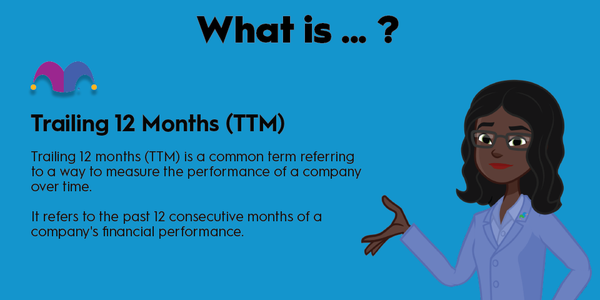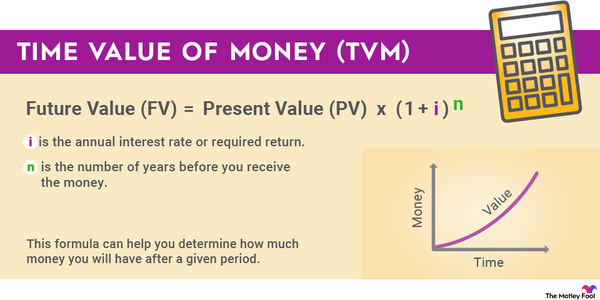If you’re buying real estate or stocks in companies that hold real estate, like real estate investment trusts (REITs), it’s important to understand the different ways you can take title to the property in question. One common type of ownership is called tenancy in common.

What is tenancy in common?
What is tenancy in common?
Although less common in residential real estate, tenancy in common is still used in commercial real estate dealings to make it easier for each owner to do as they wish with their shares of the property. In tenancy in common, each owner holds a share of the property with its own title. It allows an owner to sell his or her share of the property at any time without requiring that the other owners give up their shares, too.
Unlike joint tenancy or tenancy by the entirety, which a homebuyer might use to purchase a property with a spouse, tenancy in common doesn’t automatically grant the right of survivorship to other owners when an owner dies. Instead, the property transfers to the deceased property’s heir.
Why tenancy type matters in real estate investing
Why tenancy type matters in real estate investing
Whether you’re a hands-on real estate investor or a REIT investor, it’s important to understand what will happen to your investment property over time. Because tenancy in common can add a lot of unpredictability to the equation, you may want additional agreements and documentation in place when you take title to your part of the ownership.
For example, some agreements allow a co-owner first right of refusal should the other owners decide to sell their share, giving the co-owner the right to evaluate potential future owners before they can purchase a partner’s share. Others require an owner to get approval from co-owners before they can mortgage their share in the property. Such agreements are important because no matter how much your ownership is separate on paper, the things that other owners do affect you, since you can’t simply take a building and slice it into sections.
Tenancy in common for investors
Tenancy in common for investors
Tenancy in common may seem like a huge risk to people considering a real estate investment, or to investors in real estate investment trusts, but the truth is that it’s only as risky as you make it. If you trust the people you own property with and have agreements to protect your interest, it’s no riskier than any other type of real estate ownership.
Tenancy in common allows partial owners to sell when they choose and to whom they choose, provided there aren’t additional stipulations in play. So, if your REIT owns a large share in a building project but decides to sell it because it doesn’t believe it will remain profitable, it can more easily move its ownership share while leaving the rest of the project wholly intact. It can even sell its share using a 1031 like-kind exchange, which can defer tax burdens.
How tenancy in common works in the real world
How tenancy in common works in the real world
When a group of people (or companies) decide to take on a project together, they each go to closing for their share of the property. If Owner A buys 60%, Owner B buys 30%, and Owner C buys 10% of the property, they each get their own deeds, just like they would if they were buying a row of separate houses. This sets them each up for being able to sell their shares later. Any additional agreements will generally be made before taking title to the property and included in closing documents.
Once they each hold title, if Owner B wants to sell their property to Owner D, and no one objects, then Owner D will step into the role Owner B left open. Depending on the rules of the agreement, Owner B can even trade their ownership for a property Owner D owns, giving Owner B a property they don’t have to share with anyone.
If the three owners, A, C, and D, all agree that the property needs a large repair that requires it to be mortgaged, they can also apply for a loan against the property together as co-owners, even though their ownership is legally separate. This gives them more financial flexibility. And if the three owners decide they like working together and all goes well, they can even take their shares of their property and use them to help buy even more properties, which can then be held any way they choose.


































